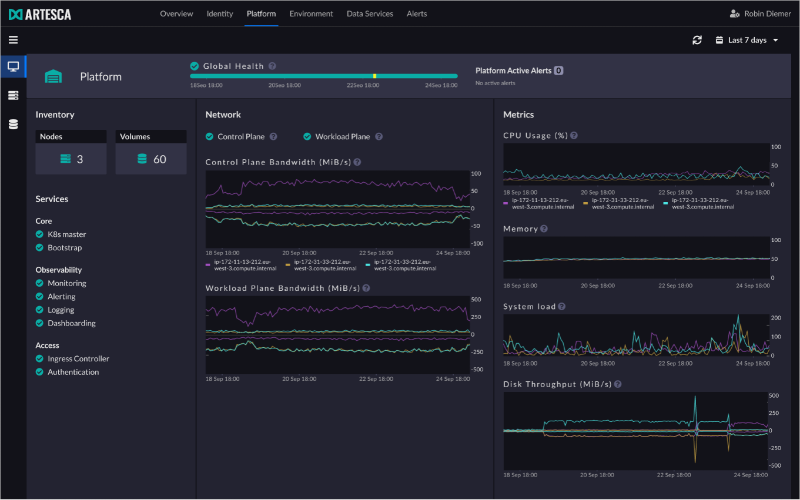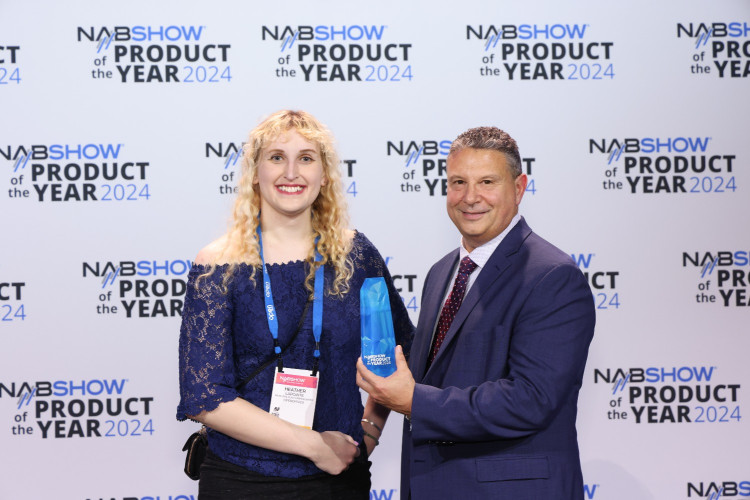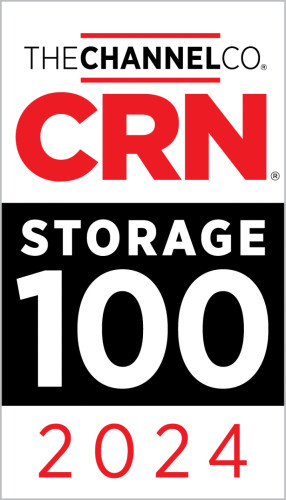Ensuring the longevity of an archive

Author: Bob Pank#
Published 1st October 2010
The role of the archive has changed dramatically over the last few years. Every broadcaster in the world, regardless of their size, has the tools at their disposal to unlock their assets, digitise and repurpose their content for renewed monetisation and, in some cases, for the benefit of historic value. Tapping into new revenue streams is essential in today’s market and investing in an archive is a fundamental element of a modern digital broadcast workflow.
However, it’s commonplace for broadcasters to consistently review equipment to improve performance and increase ROI. But what effect does this have on this central repository that holds all of a broadcaster’s valuable assets - the archive? Because it sits at the heart of a facility and interfaces with so many other systems it is vital that it’s able to evolve and interface with new technologies as they are installed. Central to this, of course, is the storage management system, which interfaces between the archive and the production and playout chains.
The data held within storage components – be that on spinning disk archive or tape libraries - must still be available throughout these changes. How can this be achieved without ‘breaking’ the existing connections between the archive and its serving systems, like media asset management (MAM) or automation?
A MAM system is a significant capital expenditure. It has dramatic repercussions in all parts of the business and as a result when a facility deploys a MAM system it has to be stable and consistent and long lasting. The MAM is the master, it being “aware” of automation, servers, production, scheduling, rights management – the whole workflow from ingest to delivery. What the MAM system requires is a dependable interface to the archive. If, for example, a user wishes to expand its archive by adding more spinning disk storage, those changes must be absorbed by the archive and presented to the MAM system in exactly the same way, day in day out.
There may also be significant changes in the workflow. For example, a facility might originally use its archive with a tape library for general production and later decide to expand the archive by adding the news department. The news department is going to have different desires regarding the accessibility of its content to provide quicker delivery with a pre-defined timescale for storage on spinning disk. This set-up might be in opposition to the original production archive so the archive system needs to be able to add more bandwidth and offer soft partitions between those departments to protect the bandwidth and functionality on each. The archive has to remain consistent and be able to archive material in a different way but present it in such a way that it is invisible to the MAM or automation systems.
Some providers will argue that the archive should hold all of the intelligence, taking control away from the MAM and automation systems. Yet the MAM tends to have far greater experience. And therein lies a danger. If you put too much intelligence into the archive then you end up with an archive that may “argue” with the technologies that should be controlling it. It is a fine line.
Another upgrade challenge is the lack of consistency when connecting to third-party video servers. Video servers use ftp but they don’t use standard IT ftp connections as they all use different port numbers etc. The archive provider needs to know which file format the customer is working in so that it can set up the correct credentials. Automation providers have exactly the same problem. We are all reliant on video server manufacturers releasing information to us when they launch a new product.
Some archive providers have dedicated boxes or dedicated PCs that manage the archive. On each of those boxes there is very specific and dedicated software. SGL’s flagship software FlashNet runs exactly the same software on the same boxes regardless of the service they are providing. In this way, a standard off-the-shelf IT server can provide access to an archive database and can thereby manage the assets. It also provides the throughput bandwidth into the archive, connecting to a tape library and managing the data. In terms of longevity and stability, as the IT hardware improves the customer can mix and match. Generally the application host server technology is moving faster than the storage technology, which means archives are becoming more compact and cost-effective.
Not only does this simplify the workflow and provide value for money, it also adds resilience because the software on each machine is identical. If there is a catastrophic failure on any of the servers the services that were active will automatically start up on another server in the cluster because the software’s identical throughout.
SGL’s FlashNet ensures the longevity of an archive. Its open system architecture provides the most accessible content storage management system available to the broadcast industry. SGL provides an XML-based API (Application Programming Interface) that allows every major broadcast vendor or end user to create integrated applications that can instantly access the SGL content storage management system regardless of size or scope of the installation. As such SGL FlashNet provides a content storage management system that works seamlessly with every facet of an organisation.



































